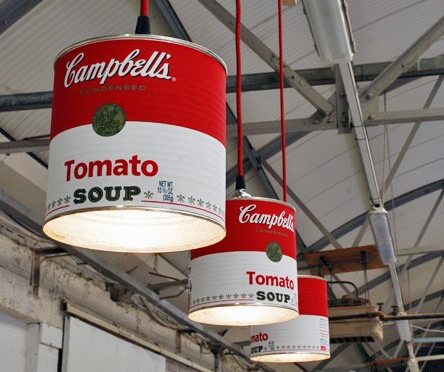 We’ve all seen them and love them – those cozy recessed lights that are so popular around our homes. They are all the rage with builders and modern architects. When selling a property, Realtors tend to point them out as one of the main features of the house. Well lit areas, nice shadows, what’s not to like?
We’ve all seen them and love them – those cozy recessed lights that are so popular around our homes. They are all the rage with builders and modern architects. When selling a property, Realtors tend to point them out as one of the main features of the house. Well lit areas, nice shadows, what’s not to like?
Lately, more and more opinions are surfacing that recessed lighting may soon reach its much deserved demise. Green builders and especial home performance experts are indicating that can lights can cause some serious headaches when it comes to energy efficiency and even style.
We’ve gathered five best points for you to consider before you start building or upgrading your home.
1. Can Lights Are Not Insulation Worthy
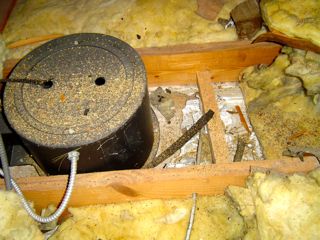 Can lights have been traced to cause just as much damage and a headache as leaving your candles burning. The reason being because when can lights are installed they usually require an opening in the ceiling that is often not insulated properly when installed. So what you end up with is a light in the ceiling that has now broken your homes heating envelope. This can turn into a devastating occurrence for your home especially if you install the can lights in vaulted ceilings where there is little room for above insulation.
Can lights have been traced to cause just as much damage and a headache as leaving your candles burning. The reason being because when can lights are installed they usually require an opening in the ceiling that is often not insulated properly when installed. So what you end up with is a light in the ceiling that has now broken your homes heating envelope. This can turn into a devastating occurrence for your home especially if you install the can lights in vaulted ceilings where there is little room for above insulation.
That is an extreme no-no when it comes to home building as well as the fact that it will cost you to repair the hole in the winter; you will lose money in electricity (more cooling and heating required) in correlation with the repair. No lighting fixture is worth breaking your homes structural integrity over and even more so when they’re well, simply put, ugly.
2. Can Lights Are Hot, Really Hot!
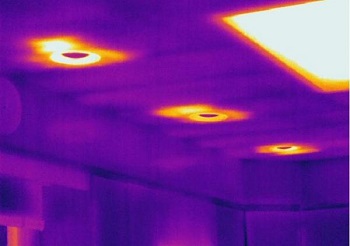 You may or may not remember this from your high school physics class, but when air is heat-ed it is less dense than cool air. So what happens is that the hot air rises (being lighter) and begins to heat up the can light . This is essential knowledge to know when setting up anything that conduces heat in your home.
You may or may not remember this from your high school physics class, but when air is heat-ed it is less dense than cool air. So what happens is that the hot air rises (being lighter) and begins to heat up the can light . This is essential knowledge to know when setting up anything that conduces heat in your home.
The problem with can lights also known as recessive lights is that when they are turned on for excessive amounts of time, they are the first ones hit with all of your homes heat. What happens is that the can light fixture in your ceiling produces heat that doesn’t quite make it to the ground, instead it’s created and shot right back into the light. This can cause startling damage to your insulation around the can light, even setting the insulation on fire in some cases. A fire is the last thing you want to be worrying about when lighting your home, trust me.
3. The Lighting Is All Wrong
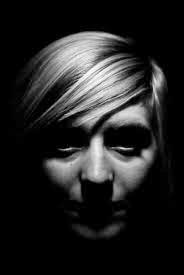 Do you remember the last time you stood under neath a can light? Or perhaps the that one time you were at a friends place for dinner and you all stood around the kitchen island staring deep into each others eyes. Only to realize that you could barely see their eyes because there was such a horrendous shadow enveloping their entire face. That is what can or recessive lights do to your lighting and face when they are in your home.
Do you remember the last time you stood under neath a can light? Or perhaps the that one time you were at a friends place for dinner and you all stood around the kitchen island staring deep into each others eyes. Only to realize that you could barely see their eyes because there was such a horrendous shadow enveloping their entire face. That is what can or recessive lights do to your lighting and face when they are in your home.
According to Martin Holladay, a GBA advisor, your homes lighting should never cast a shadow on your face or anyone else’s for that fact. The point of lighting is to illuminate certain features. For example the light in your room should never be directed towards the floor but instead up to the ceiling.
Martin Holladay goes on to say, “A good ambient lighting fixture works on a different principle from a recessed can fixture. If you use an ambient lighting fixture to bounce light off a white-painted ceiling, your ceiling will be brighter than your floor. This mimics the natural world; a bright sky makes us cheerful and optimistic. On the other hand, the combination of a bright floor and a dark ceiling feels ominous and unsettling.”
4. The Color Says It All
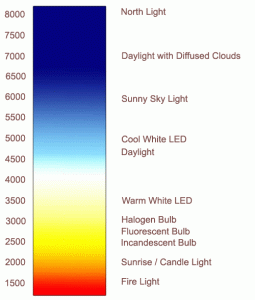 When looking at light bulbs or light fixtures you will often notice that the packages have two acronyms and numbers. They are CRI or color rendering index which determines how well a color can be seen and K or Kelvin for the temperature of the light. With most incandescent bulbs and often can lights you’ll find them to be on the warmer side of the Kelvin scale yet lower on the CRI scale. This happens because can lights cannot reflect well off wall paint or other materials so you end up with a poorly lit area.
When looking at light bulbs or light fixtures you will often notice that the packages have two acronyms and numbers. They are CRI or color rendering index which determines how well a color can be seen and K or Kelvin for the temperature of the light. With most incandescent bulbs and often can lights you’ll find them to be on the warmer side of the Kelvin scale yet lower on the CRI scale. This happens because can lights cannot reflect well off wall paint or other materials so you end up with a poorly lit area.
Not only that but they also fail to reproduce the brightest type of light or noon light when tested. All in all if you’re in the process of installing new light fixtures or building home, do your self a favor and walk away from the recessive lights. Instead go for the super beneficial and Earth friendly, LED lights. You won’t regret it and neither will your home’s electricity bill when it comes in at the end of the month.
5. Think Money, Savings, & Your Posterity
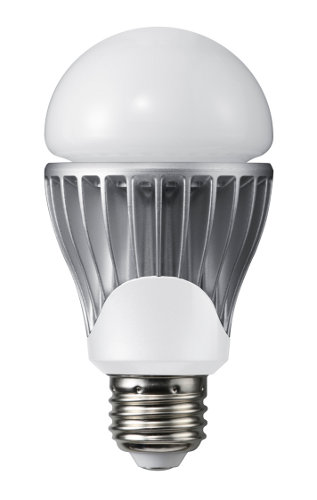 Let’s face it, can lighting is not the most efficient light source nor the most environmentally friendly. The current wave of the future is not in incandescent or even fluorescent lighting, no its in the world of LED lights. You’ve seen them on luxury cars or New York’s New Year’s Eve ball drop, where the famous crystal ball is outfitted with thousands of LED lights.
Let’s face it, can lighting is not the most efficient light source nor the most environmentally friendly. The current wave of the future is not in incandescent or even fluorescent lighting, no its in the world of LED lights. You’ve seen them on luxury cars or New York’s New Year’s Eve ball drop, where the famous crystal ball is outfitted with thousands of LED lights.
A brilliant man by the name of Dave Lippert from Jackson Township, Ohio conducted a controlled year-long study on LED bulbs. He changed all the bulbs in his house to LED lights, then did not add or change a single electrical device for one year. His results were startling, his entire electricity bill declined by a 25% just by changing the lighting. He estimated that he would save about $8,186 in the lifetime of the LED bulbs.
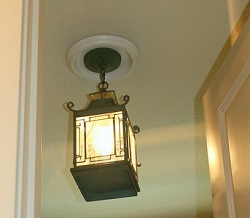 TIP: We found this cool tip on HGTV: One can add instant style to a room by replacing a recessed light fixture with a stunning pendant fixture. Ta-da!
TIP: We found this cool tip on HGTV: One can add instant style to a room by replacing a recessed light fixture with a stunning pendant fixture. Ta-da!
References:
1. [+] Green Building Advisor
2. [+] Energy Vanguard
3. [+] SWEnergy
 PG&E’s Stance on Environment – Real or Fake?
PG&E’s Stance on Environment – Real or Fake?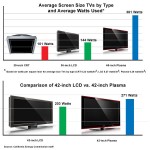 What’s That Energy Sucker in the Corner?
What’s That Energy Sucker in the Corner? Everyday Toxins: a Simple Guide to Gloves Free Kitchen
Everyday Toxins: a Simple Guide to Gloves Free Kitchen